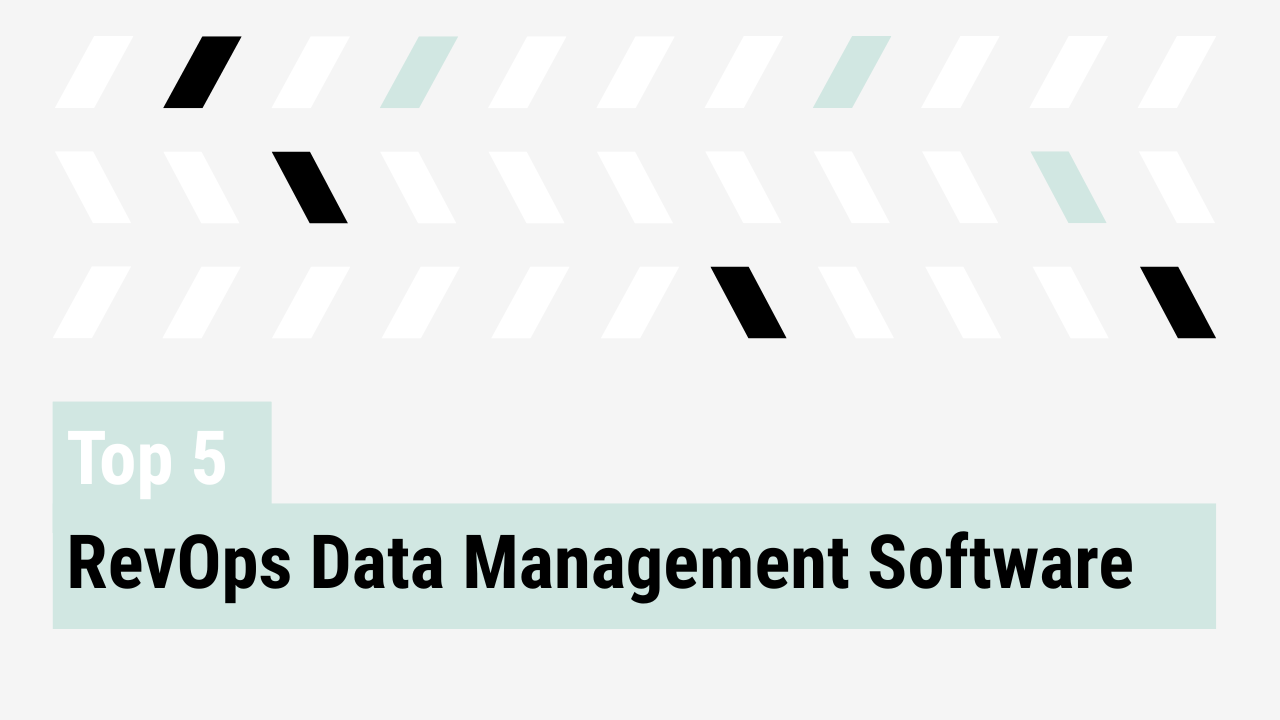Most RevOps teams start in the weeds, triaging dashboard requests, fixing Salesforce filters, chasing attribution. But strategic RevOps leadership means more than being responsive. It means owning the roadmap and driving the business forward.
The shift from reactive to proactive is the unlock for sustainable growth. Here’s how top operators are making that transition, and how you can too.
The trap of the ticket queue
When RevOps operates like an internal help desk, the team becomes a catch-all for tactical requests: ad hoc reports, urgent CRM fixes, last-minute attribution breakdowns. This leads to constant context switching, unmanageable workloads, and reactive decision-making. Strategic projects get sidelined, and there’s little time for root-cause analysis or long-term planning. Every day becomes a scramble to keep up. As a result, trust erodes between RevOps and GTM teams, who see the function as responsive but not strategic.
A product roadmap gives RevOps a structured, transparent way to prioritize strategic work and say no to low-impact requests. It replaces fire drills with planned initiatives, makes trade-offs visible to stakeholders, and shifts the team’s focus from execution to outcomes.
“You have a product roadmap. Why don’t you have a RevOps roadmap? Then you can empower your RevOps team to have the trade-off conversations in the same way that you do with product.” – Ryan Milligan, QuotaPath
Without a roadmap, prioritization breaks down. Without prioritization, impact vanishes.
The roadmap mindset: what proactive RevOps looks like
Proactive RevOps starts by owning your time and aligning it to business goals.
A well-structured RevOps roadmap typically includes quarterly or biannual priorities broken down into strategic initiatives, capability-building projects, and system optimizations. Each item is linked to business outcomes such as pipeline velocity, sales cycle efficiency, or forecast accuracy. The roadmap also clearly delineates what is out of scope, helping to manage expectations and avoid one-off distractions.
It means building a roadmap that connects:
- Strategic company initiatives
- GTM friction points
- Your team’s actual capacity
Use maturity models like ShiftAdvisory’s RevOps curve and audit tools like Breadcrumbs’ roadmap framework to map the gap between current and desired state. Make it visible. Make it cross-functional. And make it clear what doesn’t get done.
Metrics, influence, and building trust
When you shift from “get-it-done” to “what-moves-the-needle,” everything changes.
Your backlog becomes a trust-building tool. The roadmap becomes a source of alignment. Your execution becomes predictable.
“Once you have that backlog pulled together… people just have confidence. They’re like, hey, James is organized. Look at him, he’s got his backlog, he’s rolling. I feel heard because what I asked for is now on that backlog somewhere.” – Alex Miller, Medallion
Leaders want answers. Proactive RevOps delivers:
- GTM insights
- Forecasting and scenario planning they can trust
- A plan to scale operational efficiency
The internal narrative shift: own the revenue strategy
If RevOps isn’t in the room when revenue strategy is set, it’s already behind.
“Reactive teams normally happen when RevOps are brought late to the table. They’re putting out fires. You need to be part of the conversation, bring the data, be ahead of what they’re planning.” – Yoni Spitzer of Coro
Start with the questions the strategy team is asking:
- Where are we losing velocity?
- What’s driving conversion by segment?
- How can we improve forecast accuracy next quarter?
Then bring the answers, ideally from a single source of truth built across your GTM stack. That source should combine CRM data, marketing engagement signals, campaign attribution, and pipeline analytics in one place. Tools like AccountAim make this possible by consolidating fragmented data across platforms and surfacing the insights RevOps needs to anticipate issues, align teams, and inform strategic planning, without relying on siloed spreadsheets or reactive fire drills.
Strategic RevOps leadership
RevOps is here to move the business forward.
If your team still feels reactive and stuck in the weeds, that’s the signal. Build a roadmap, align it to outcomes, and earn the trust to lead.
The shift from reactive to proactive is ultimately where the real leverage lives.



